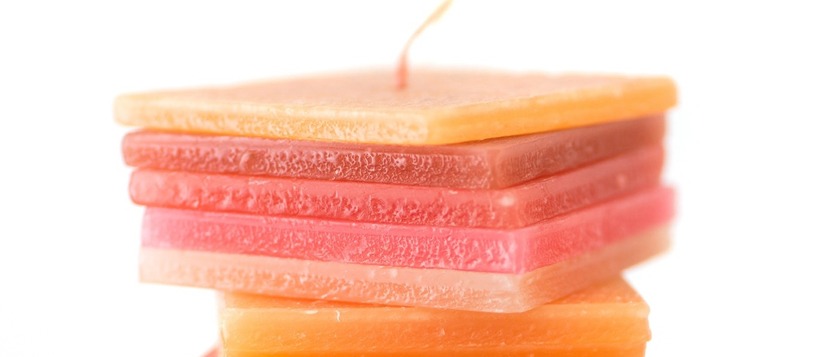paraffinWhat is paraffin wax?
Paraffin wax is a white or colorless soft, solid wax. It’s made from saturated hydrocarbons.
It’s often used in skin-softening salon and spa treatments on the hands, cuticles, and feet because it’s colorless, tasteless, and odorless. It can also be used to provide pain relief to sore joints and muscles.
Paraffin wax has many other uses, too. It’s often used as lubrication, electrical insulation, and to make candles and crayons
paraffin What is paraffin wax?
Paraffin wax is a white or colorless soft, solid wax. It’s made from saturated hydrocarbons.
It’s often used in skin-softening salon and spa treatments on the hands, cuticles, and feet because it’s colorless, tasteless, and odorless. It can also be used to provide pain relief to sore joints and muscles.
Paraffin wax has many other uses, too. It’s often used as lubrication, electrical insulation, and to make candles and crayons.
Paraffin wax (or petroleum wax) is a soft colorless solid derived from petroleum, coal or shale oil that consists of a mixture of hydrocarbon molecules containing between twenty and forty carbon atoms. It is solid at room temperature and begins to melt above approximately 37 °C (99 °F),[2] and its boiling point is above 370 °C (698 °F).[3] Common applications for paraffin wax include lubrication, electrical insulation, and candles; [4] dyed paraffin wax can be made into crayons. It is distinct from kerosene and other petroleum products that are sometimes called paraffin
Liquid paraffin, also known as paraffinum liquidum or Russian mineral oil, is a very highly refined mineral oil used in cosmetics and medicine. Cosmetic or medicinal liquid paraffin should not be confused with the paraffin (or kerosene) used as a fuel. It is transparent, colorless, nearly odorless, and oily and is composed of saturated hydrocarbons derived from petroleum.[1]
The term paraffinum perliquidum is sometimes used to denote light liquid paraffin, while the term paraffinum subliquidum is sometimes used to denote a thicker mineral oil.
In organic chemistry, an alkane, or paraffin (a historical name that also has other meanings), is an acyclic saturated hydrocarbon. In other words, an alkane consists of hydrogen and carbon atoms arranged in a tree structure in which all the carbon–carbon bonds are single.[1] Alkanes have the general chemical formula CnH2n+2. The alkanes range in complexity from the simplest case of methane (CH4), where n = 1 (sometimes called the parent molecule), to arbitrarily large and complex molecules, like pentacontane (C50H102) or 6-ethyl-2-methyl-5-(1-methylethyl) octane, an isomer of tetradecane (C14H30).
Petroleum jelly, petrolatum, white petrolatum, soft paraffin, or multi-hydrocarbon, CAS number 8009-03-8, is a semi-solid mixture of hydrocarbons (with carbon numbers mainly higher than 25),[1] originally promoted as a topical ointment for its healing properties.


